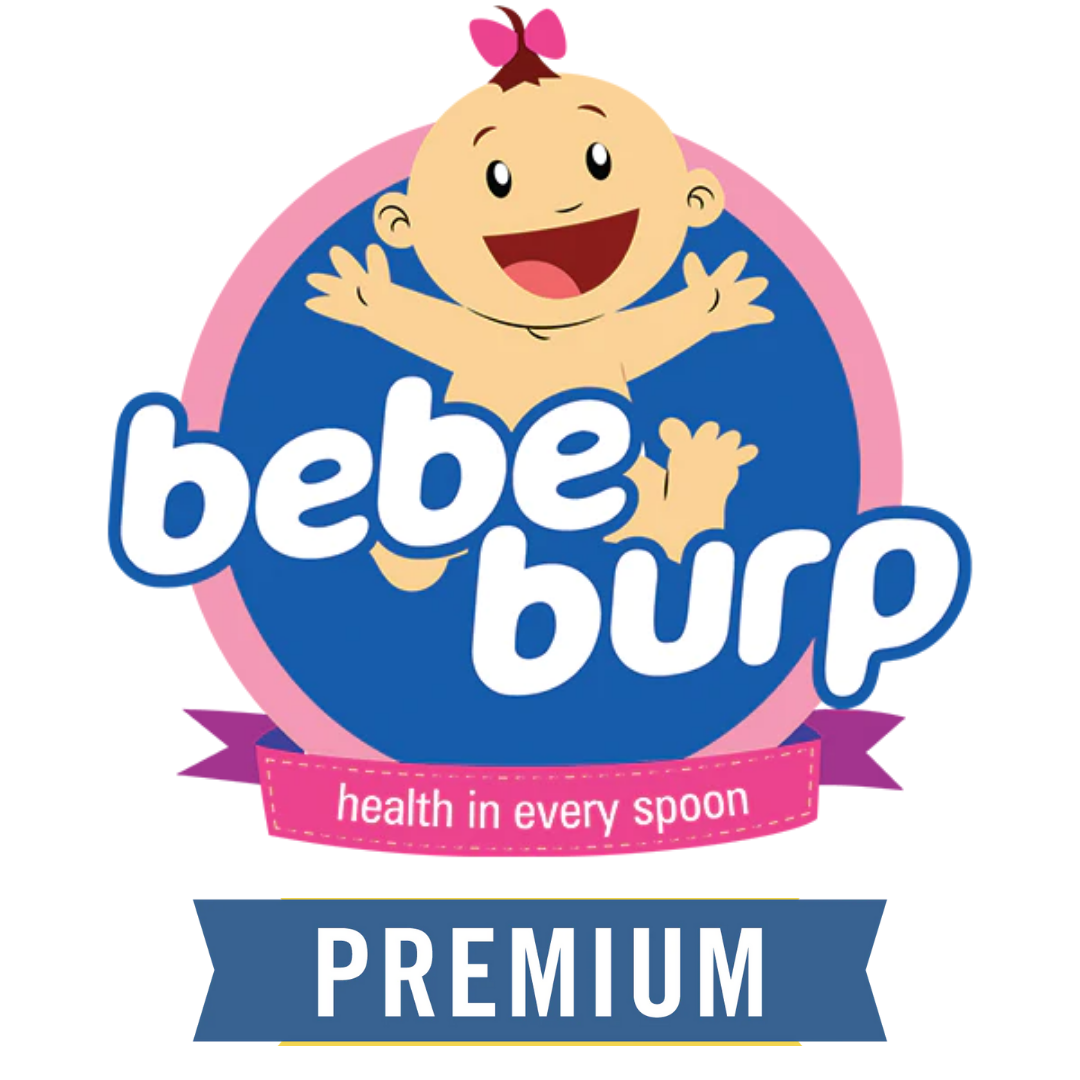In the world of baking, where decadence often takes center stage, the quest for healthier alternatives has never been more important. While we all love our classic cookies, they can be laden with refined sugars and flours that do little to benefit our health. But fear not, for there's a delightful compromise that allows you to indulge in your favorite treats guilt-free – whole wheat cookies. Join us on this delectable journey into the realm of whole wheat cookies, where taste meets health in the most irresistible way.
Baking is more than just a culinary art; it's a heartwarming, memory-making activity. It brings families together and fills homes with comforting aromas. However, in the pursuit of delicious treats, we often find ourselves overlooking the impact of our ingredients on our health. As we become more health-conscious, it's crucial to explore baking options that allow us to savor the goodness of cookies without compromising our well-being.
Benefits of Whole Wheat Flour in Cookie Recipes
Whole wheat flour is our unsung hero in the world of healthier baking. It's not just a simple substitute for all-purpose flour; it's a powerhouse of nutrients. Packed with fiber, vitamins, and minerals, it offers a wholesome alternative to traditional refined flour. By using whole wheat flour in your cookie recipes, you're not only adding a richer, nuttier flavor but also enhancing the nutritional profile of your beloved treats.
As you scroll below, we will delve deep into the world of whole wheat cookies. We'll begin by understanding the basics of whole wheat cookies, including how to incorporate whole wheat flour into your recipes. Then, we'll explore the myriad health benefits of these cookies, the essential tips for baking success, and share some mouthwatering whole wheat cookie recipes. Additionally, we'll discuss making whole wheat cookies kid-friendly and accommodating dietary restrictions. Finally, we'll wrap up with storage and freshness tips and some parting words of encouragement.
Understanding Whole Wheat Flour
Before we embark on our whole wheat cookie adventure, it's essential to familiarize ourselves with whole wheat flour's unique characteristics. Unlike all-purpose flour, whole wheat flour contains the bran, germ, and endosperm of the wheat kernel. This means it's brimming with fiber and nutrients. It also has a coarser texture and a slightly nutty taste, which can add depth and complexity to your cookies.
Substituting Refined Flour with Whole Wheat Flour in Cookies
Making the switch to whole wheat flour in your cookies is easier than you might think. You can typically substitute whole wheat flour for all-purpose flour at a 1:1 ratio. However, because whole wheat flour absorbs more moisture, you may need to adjust the liquid content in your recipe slightly. This can vary depending on the specific brand of whole wheat flour you use, so don't be afraid to experiment.
Adjusting Ratios and Expectations When Using Whole Wheat Flour
It's important to note that nutritious cookies made with whole wheat flour may not have the same delicate, crumbly texture as their refined flour counterparts. Embrace the heartiness and depth of flavor that whole wheat brings to your cookies. You might find that you enjoy the change more than you expected!
Health Benefits of Whole Wheat Cookies
- Higher Fiber Content and Its Advantages
The high fiber content in whole wheat flour is a game-changer. It promotes digestive health, helps regulate blood sugar levels, and keeps you feeling full for longer. This means you can enjoy your whole wheat cookies without the dreaded sugar crash that often follows indulgence in traditional cookies.
- Increased Nutrient Density Compared to Refined Flour Cookies
Whole wheat flour is a treasure trove of nutrients, including essential B vitamins, magnesium, and iron. By choosing whole wheat cookies, you're not only satisfying your sweet tooth but also nourishing your body.
- Impact on Blood Sugar Levels and Satiety
Whole wheat cookies have a lower glycemic index compared to those made with refined flour. This means they won't cause rapid spikes in blood sugar levels, making them a wiser choice for diabetics and anyone looking to maintain steady energy throughout the day.
Essential Tips for Baking Whole Wheat Cookies
- Selecting the Right Type of Whole Wheat Flour
Not all whole wheat flours are created equal. Look for whole wheat flour that is labeled as "100% whole wheat" to ensure it contains the entire wheat kernel. You can also experiment with different types of whole wheat flour, such as white whole wheat or whole wheat pastry flour, to achieve varying textures and flavors in your cookies.
- Enhancing Flavor and Texture with Complementary Ingredients
Nutritious cookies made with whole wheat flour are versatile canvases for creativity. Enhance their flavor and texture by adding ingredients like honey, molasses, nuts, seeds, and dried fruits. These additions not only boost taste but also contribute to the overall healthiness of your cookies.
- Proper Mixing Techniques for Optimal Results
To achieve the perfect balance of soft and chewy, it's important to follow proper mixing techniques. Don't overmix your dough, as this can result in tough cookies. Instead, mix until the ingredients are just combined.
Managing Moisture and Preventing Dryness in Whole Wheat Cookies
As mentioned earlier, whole wheat flour can absorb more moisture than all-purpose flour. To prevent dryness in your cookies, consider increasing the wet ingredients slightly. You can also let the cookie dough rest for a few minutes before baking to allow the flour to fully hydrate. Now, the most exciting part: baking your own healthy whole wheat cookies! Here are a few mouthwatering Whole grain cookie recipes to get you started:
- Whole Wheat Chocolate Chip Cookies: These are a classic favorite with a healthier twist. Swap out the refined flour for whole wheat flour and choose dark chocolate chips for an even more nutritious indulgence.
- Whole Wheat Oatmeal Cookies: Oatmeal cookies already have a health-conscious reputation, and when you add whole wheat flour to the mix, you're taking them to a whole new level of wholesomeness. Don't forget to toss in some raisins or dried cranberries for extra sweetness.
- Whole Wheat Peanut Butter Cookies: Peanut butter lovers, rejoice! These whole wheat peanut butter cookies are a delightful blend of nutty goodness and whole grain richness.
The beauty of homemade whole wheat cookies is their versatility. Don't hesitate to get creative with flavors and whole grain cookie recipes. Try adding spices like cinnamon, ginger, or cardamom, or experiment with different mix-ins like coconut, chia seeds, or chopped dates.
Making Whole Wheat Cookies Kid-Friendly
- Engaging Kids in the Baking Process
Involving your little ones in the kitchen is a great way to instill healthy eating habits from a young age. Let them assist in measuring ingredients, mixing, and shaping the cookies. Baking together can be a wonderful bonding experience.
- Creative Add-Ins and Toppings for Appealing Flavors
Kids can be finicky eaters, but they're often drawn to visually appealing treats. Try decorating your whole wheat cookies with colorful, healthful toppings like sliced strawberries, banana chips, or even a drizzle of dark chocolate.
- Balancing Sweetness and Healthiness for Young Palates
When baking for children, it's important to strike a balance between sweetness and healthiness. Whole wheat cookies are naturally less sweet than their conventional counterparts, but you can make them more kid-friendly by using natural sweeteners like honey or maple syrup.
Whole Wheat Cookies for Dietary Restrictions
- Gluten-Free Options Using Whole Wheat Alternatives
If you or someone in your family has a gluten sensitivity or allergy, you can explore whole wheat alternatives like spelt flour or gluten-free oat flour. These options still provide the nutritional benefits of whole grains.
- Vegan and Dairy-Free Adaptations for Whole Wheat Cookies
Whole wheat cookies can easily be adapted for a vegan or dairy-free diet. Use plant-based butter and milk substitutes to create delicious cookies that cater to a broader range of dietary needs.
Storage and Freshness Tips for Whole Wheat Cookies
- Proper Storing Methods to Maintain Texture and Taste
Whole wheat cookies have a slightly different texture than their traditional counterparts, so it's important to store them properly to maintain their freshness. Keep them in an airtight container at room temperature, or freeze them if you want to extend their shelf life.
- Reviving Stale Whole Wheat Cookies for Extended Enjoyment
If your whole wheat cookies happen to lose their freshness, don't fret. You can easily revive them by placing them in a 300°F (150°C) oven for a few minutes. This will help to restore their crispness and make them enjoyable all over again.
In the world of baking, healthy whole wheat cookies are a delightful revelation. They combine the joy of indulgence with the goodness of nutrition, making them the ideal treat for those seeking a healthier alternative. So, the next time you feel the urge to bake, consider whipping up a batch of whole wheat cookies. They not only taste delicious but also contribute to your overall well-being. As we wrap up this journey into the world of whole wheat cookies, I encourage you to take these recipes and ideas and make them your own. Experiment with flavors, textures, and ingredients to create whole wheat cookies that perfectly suit your palate. Don't be afraid to get creative in the kitchen, and remember that baking can be both a treat for your taste buds and a gift to your body.
Here's to your happy, wholesome, and delicious cookie-baking adventures!

 Log in
Log in